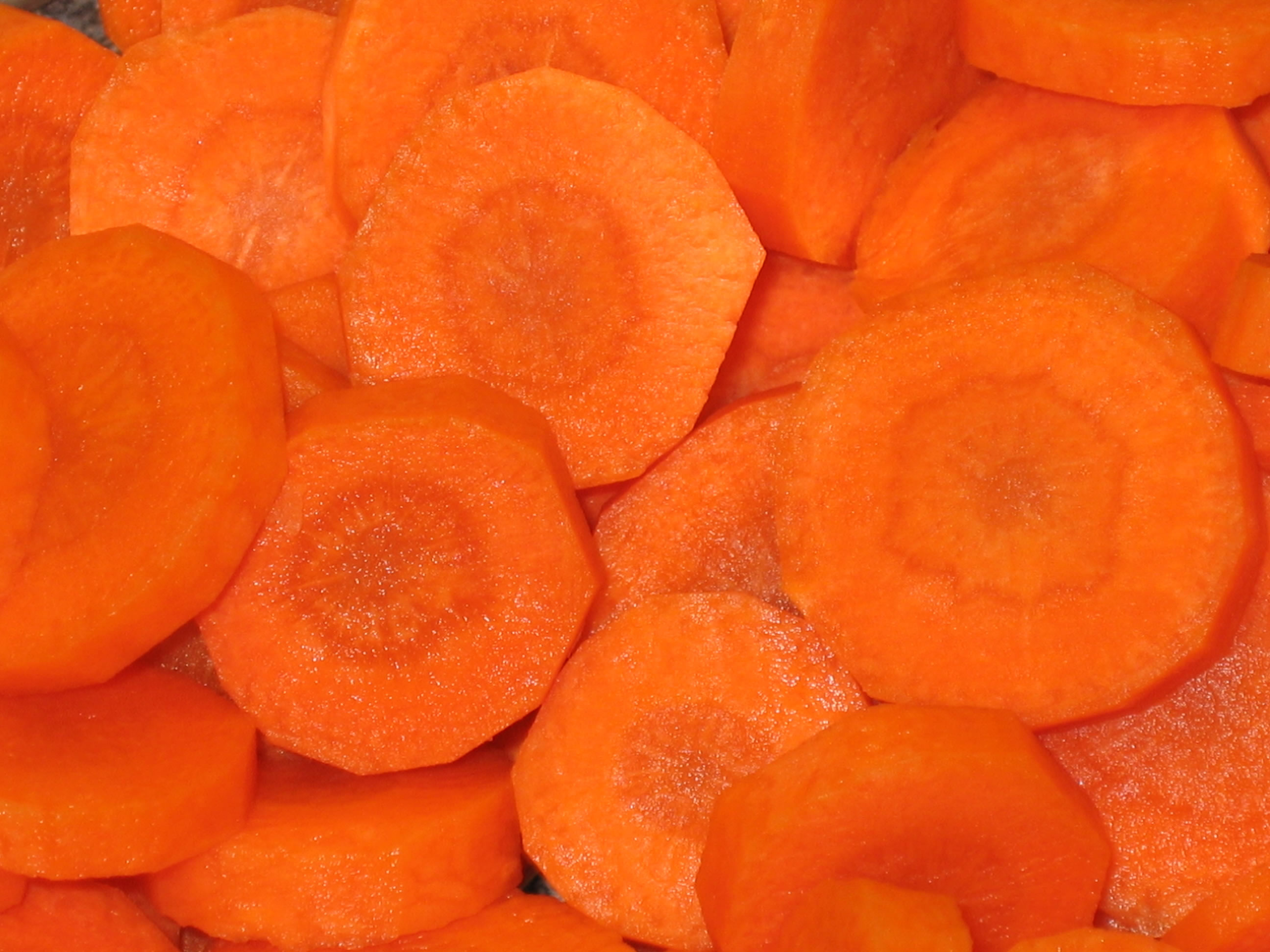With all the conflicting diet and nutrition advice out there, learning how to eat properly can be overwhelming—especially for 14-year-olds. Luckily, nature left us with a few clues.
As a high school health teacher faced with the task of educating 120 freshmen on healthy foods, I was excited to share the Doctrine of Signatures. Used in the 17th century to explain the medicinal powers of plants, the belief was that all fruits and vegetables were created with physical clues or “signatures” to resemble the body parts they treat. The Hepatica plant has leaves that look like the human liver; therefore, it must treat liver disorders (sold at homeopathic store near you).
While the doctrine has mostly fallen out of favor, its fundamental value as a mnemonic inspired me to create a lesson to help my students remember the nutritional benefits of certain foods.
At the start of class, I arranged a cornucopia of foods on the table—tomatoes, carrots, walnuts and figs, among other legumes, fruits and vegetables. I then asked students to match each food to a specific part of the body. Some pairs seemed obvious, but others left my students in utter surprise and amusement. (Remember, these are high school freshmen.)
Here are a few of their favorites.
Tomato: Like the heart, tomatoes have multiple chambers. The lycopene in tomatoes has been shown to prevent cardiovascular disease.
Carrot: A sliced carrot resembles the human eye. The lines radiate from the core to mimic the iris and pupil. Rich in vitamin A and beta-carotene, carrots improve vision, while decreasing risks of macular degeneration and cataracts.
Walnut: Shaped like a miniature brain, a walnut contains omega-3 fatty acids that have been found to improve cognitive function.
Figs: Like testicles, figs hang in pairs when they grow. Figs have high levels of zinc and folate that may increase sperm count and sperm motility. (It was no surprise that a swarm of teenage boys came to me after class asking where they could buy some figs.)
From folklore to science, the historic Doctrine of Signatures is clearly outdated, but some of its tenets turned out to be astoundingly correct. These associations could be purely coincidental, but they are nonetheless an amusing and simple way to remember certain nutrition facts. For my students, the exercise hopefully paved the way to healthier eating. For me, as their teacher, the exercise gave me an excuse to have a daily glass of red wine—for healthier blood, of course.
References:
Bradley C. Bennett. Doctrine of Signatures: An Explanation of Medicinal Plant Discovery or Dissemination of Knowledge. Economic Botany. Vol. 61, No. 3 (Autumn, 2007), pp. 246-255.
Krishna, SG, et al. Fruits and Vegetables that Resembles to Body Organs and have Significant Role on them. American Journal of Phytomedicine and Clinical Therapeutics [2] [3] [2014] 277-285.

